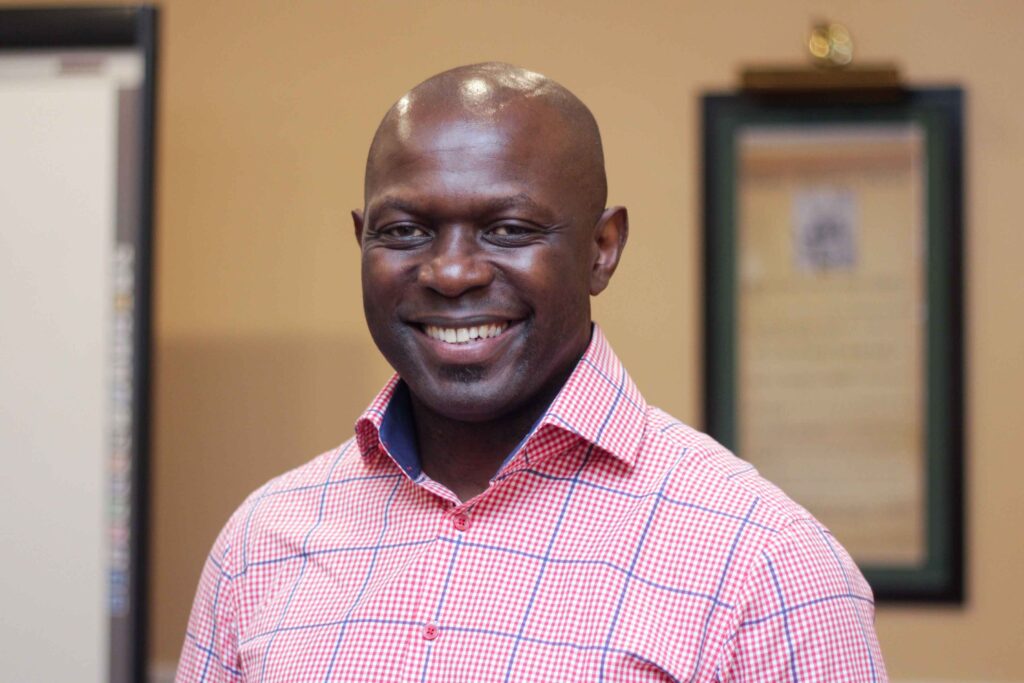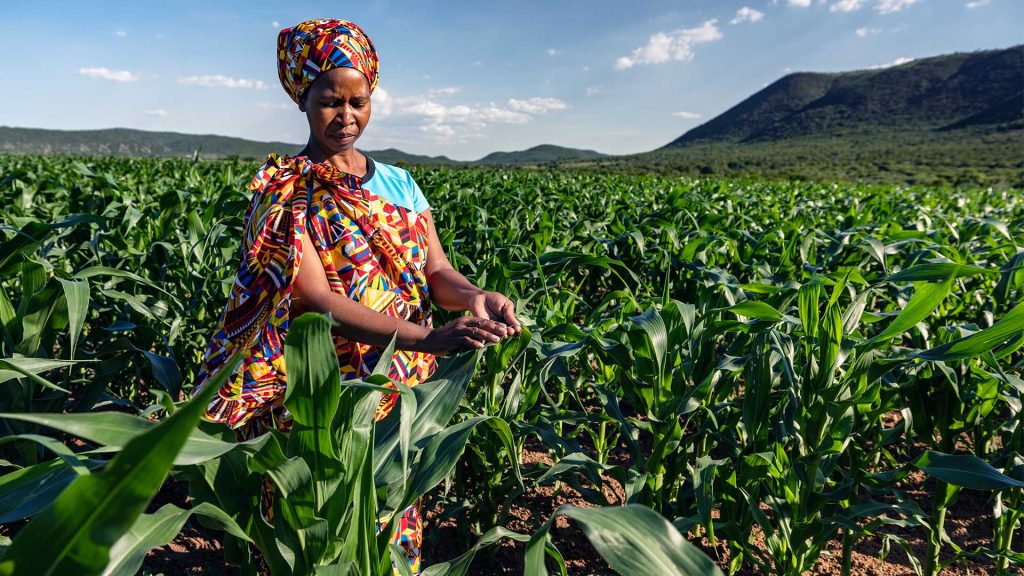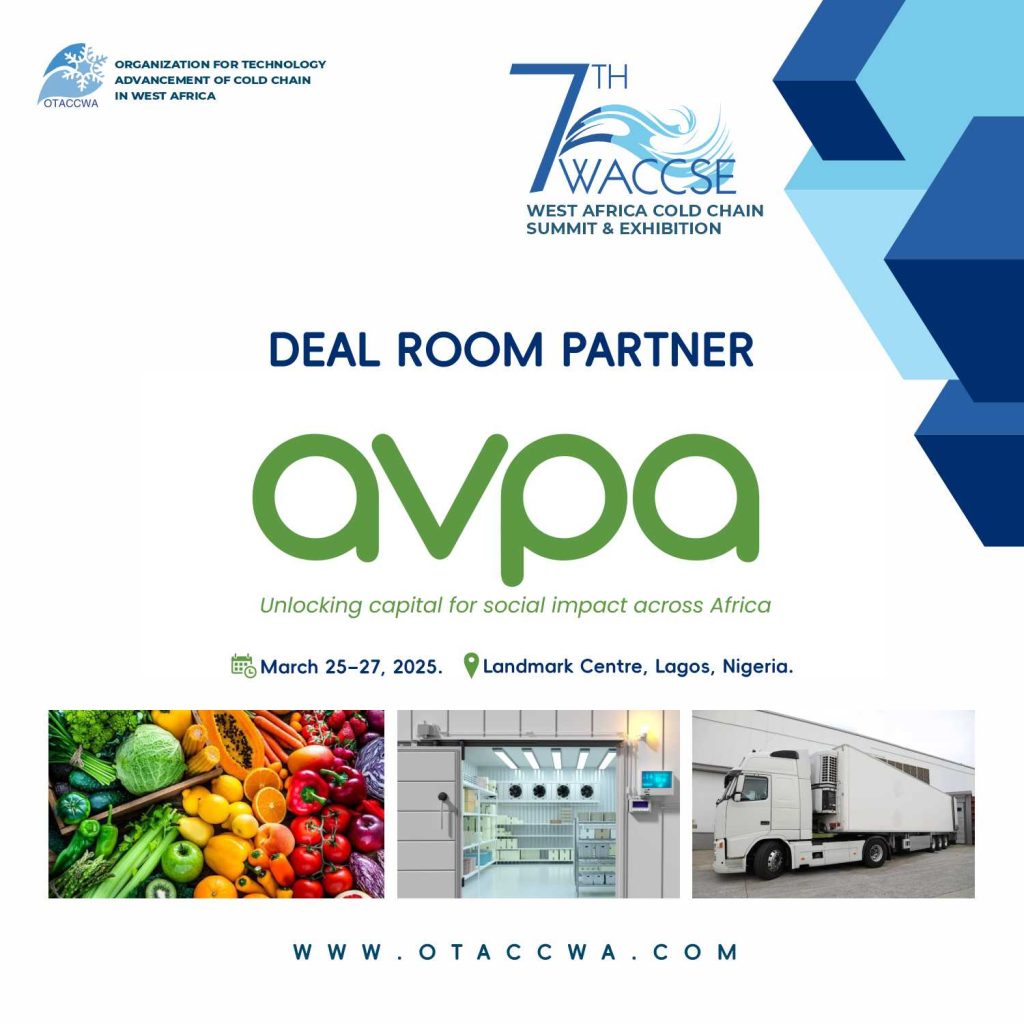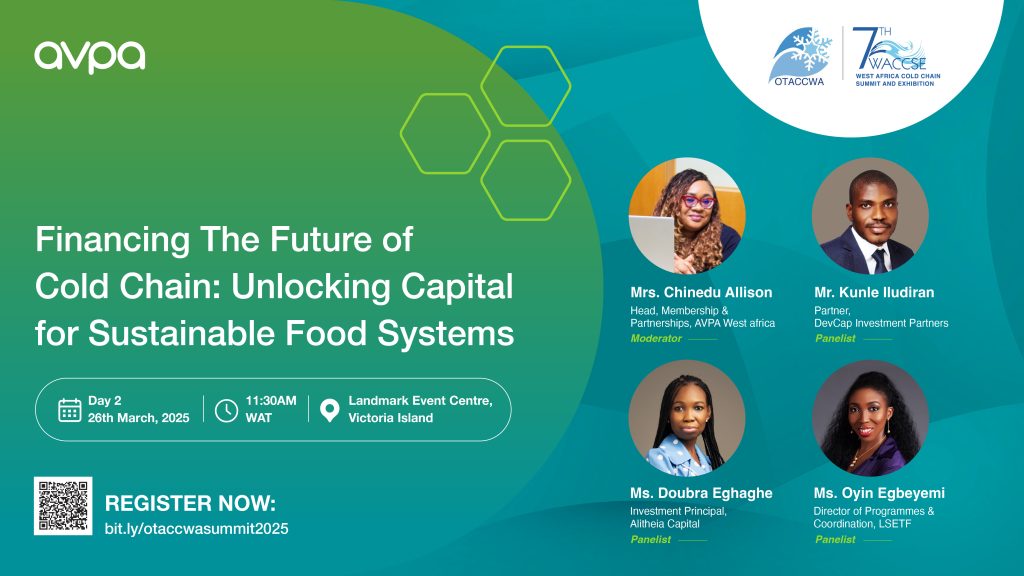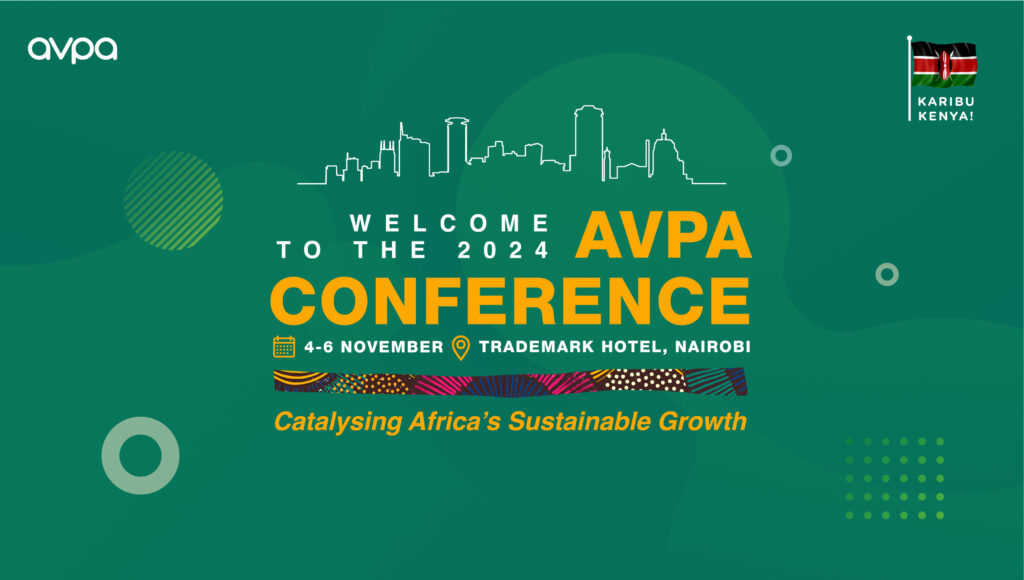By AVPA CEO Dr. Frank Aswani
Africa’s vulnerabilities
Over the past five years, Africa has faced three significant crises, each highlighting the continent’s vulnerabilities. In 2020, the COVID-19 pandemic revealed our limited vaccine production capacity, placing us at the end of the queue for vaccine supplies. The Russia-Ukraine war underscored our heavy reliance on food imports, despite possessing 66% of the world’s arable land and favourable agricultural climates. Recently, global aid budgets have been cut by major donors like the US, Netherlands, Belgium, France, and the UK.
This situation presents Africa with an opportunity to develop sustainable and resilient solutions using available resources. The AVPA 2021 study on the landscape of social investments in Africa noted a 30% decline in aid to southern Africa and the continent faces a $200 billion annual financing gap for the Sustainable Development Goals (SDGs), worsened by reduced aid, limited government funds, and a growing population. There are critical lessons we need to learn from these events so that we can address root causes of our vulnerability and better prepare the continent against future crises.
Doing things differently
Doing things differently can play an important role in enabling Africa to be ready and resilient to face future crises. Six things that can be done differently can significantly change our ability to weather future storms.
1. Crowd in more domestic private capital into the impact space
Addressing the $200b annual Sustainable Development Goals (SDGs) financing gap can’t be achieved by aid or government funding and requires mobilising private capital into the impact investment sector. This gap represents 11% of the funds available in African financial capital markets, 10% of the global philanthropic giving, and only 0.2% of the global financial capital markets. Evidently, there is no lack of capital to address the SDGs globally. However, private capital often avoids social investments due to perceived higher risks and low financial returns. Thus, the primary challenge lies not in the availability of global capital but in the need for risk capital to mitigate these perceived risks, address market gaps, and subsequently attract private capital into the impact space. Africa has $1.8 trillion in dormant capital that could be leveraged for impact. This capital is held in pension funds, insurance companies, dormant assets, and bank accounts, among other sources. This amount far exceeds the $200 billion annual SDG financing gap, demonstrating that borrowing is unnecessary to fund sustainable growth on the continent.
2. Evolve the role of Philanthropy
Philanthropy can take a number of actions to promote its evolving role for magnified impact:-
- Position philanthropies as catalytic investors: The risk capital that Africa requires must come from grants , because of its unique appetite for risk to provide funding that is capable of underwriting innovation and testing new markets, products, and services until a concept is proven. Once this proof-of-concept stage is achieved, philanthropy can exit and private capital can then scale validated models. Philanthropy should extend its role beyond traditional grant-making to catalytic investing, where the primary question becomes: “For every dollar or rand deployed, how much downstream private capital does this unlock into areas such as education, healthcare etc?:” It is essential to emphasise that philanthropy, as catalytic capital, should not subsidise private capital, but instead catalyse solutions to address market gaps and ensure the sustainable financing of these solutions for long-term viability.
- Fund market-based solutions: Traditionally, philanthropy has funded grant-based solutions, which leads to sustainability challenges for organisations that receive only grants. In future, where beneficiaries, government or donors are willing and able to pay for services, philanthropies might consider funding market-based solutions like social enterprises that generate profits to sustain themselves while offering affordable, sustainable and reliable services to communities.
- Upskill grantees: Enhancing grantees’ skills in areas such as grant fundraising or exploring the commercial viability of solutions offered by NGOs is vital. This involves equipping them with appropriate commercial skills and preparing them to be investor-ready to attract investors.
- Encourage more efficient donor coordination in funding of implementing partners: There is significant potential to enhance efficiency by streamlining some of our implementing partners for improved service delivery. For instance, there may be opportunities to consolidate certain nonprofits to avoid redundancy in efforts directed towards the same beneficiaries. Achieving this requires donors to be more intentional in mapping out their funding allocations, specifying the purposes and regions for which they are providing support.
- Collaborate via pooled funds: Philanthropies can achieve more by pooling their capital in mutual areas of interest, rather than acting alone. This approach allows for shared expenses, risks, networks, funding opportunities, and knowledge, leading to cost reductions, greater scale and improved service coordination.
3. Change our mindset and embrace profits in development
Profits in development are not necessarily negative, and the development community may need to become accustomed to profits in their space. However, it is essential to specify that these should be non-exploitative profits. Recently, various successful businesses have emerged, serving customers earning less than 50 US cents by offering reliable services. This approach is potentially more sustainable compared to the traditional grant model. Nevertheless, some interventions still require direct grants, and those should be maintained. As donors in the development space, there may be need to evaluate solutions for their ability to deliver affordable and reliable services, generate revenue, deliver profits, and sustain the implementing organizations and their solutions.
4. Make the private sector aware that social issues also pose business risks for their long term survival
The private sector used to leave social challenges to the development sector and their Corporate Social Investment (CSI) divisions. This is changing as these issues now also become business risks. For instance, youth unemployment threatens pension funds due to declining contributions, potentially causing them to vanish in 15 to 20 years. Fast Moving Consumer Goods (FMCG) companies also face unsustainable markets due to declining purchasing power amidst high youth unemployment rates. Reports like Standard Chartered’s Opportunities 2030 show that addressing human needs can be profitable. Thus, collaboration between private and development sectors will be crucial going forward for the continent’s sustainable growth. Our common language should even change from sustainable development to a more unifying sustainable growth.
5. Promote the idea of governments as catalytic investors and impact enablers
Governments should view the private sector as allies for sustainable economic growth. As major grant owners, they can encourage private capital to invest in alignment with national development plans by entering the catalytic investing space. This can be done by:
- Embracing innovative finance: By adopting innovative financing mechanisms such as testing results-based financing models on tenders, governments can ensure that service providers are compensated based on verified outcomes rather than activities. These financial innovations could also contribute to combating corruption through rigorous and transparent checks and balances in the delivery mechanisms.
- Revising policies to enable impactful environments: Governments must create environments for innovative finance and initiatives to thrive. For instance, allowing foundations to invest in results-based financing models, not just act as outcome payers, requires changes to regulations and tax laws.
6. Ensure that foreign donors address root causes and not symptoms
Foreign donors to Africa should ensure their funding addresses the root causes of ecosystem challenges, not just symptoms. For example, despite being the major global impact opportunity, Africa lacks sufficient human capital to drive innovative finance initiatives due to limited education in impact and sustainable finance. With only one school on the continent teaching this subject, more institutions are needed, and every graduate should be aware of the impact opportunities. Consider, for example, that the Oxford MBA includes an impact module while no African MBA does. This must change to enable universities to provide fit for purpose education aligned with our sustainable growth ambitions. Addressing these root causes can help make Africa a global leader in impact within the next decade.
Building on experience to take action
Now, more than ever before, it is clear that our generation cannot afford to squander the learnings derived from the above mentioned crises. History will judge us harshly if we fail to improve based on these lessons. If we build on our experiences and learnings, and take appropriate action, we have the chance to alter the growth trajectory of this continent. To achieve this, we must be brave, shift our perspectives, collaborate with non-traditional partners, be willing to learn, unlearn and relearn and explore new avenues and actions previously uncharted. We must remain adaptable in our methodologies while maintaining a clear focus on the objective of positioning this continent as a global leader.
What AVPA is doing to future proof Africa
- To support philanthropies in developing their capabilities as catalytic investors, AVPA, in collaboration with UCT’s Bertha Centre and the MacArthur Foundation, has designed and will be launching a catalytic investment training programme for grant-making organizations – foundations, family offices, aid agencies, and governments – in June 2025.
- AVPA is collaborating with several foundations that are upskilling grantees and equipping them with appropriate commercial skills and will be conducting investor readiness programmes for their grantees.
- AVPA launched its catalytic pooled fund in November 2024 at its annual conference in Nairobi and plans to create more such funds in the future. We are also working on a similar pooled fund initiative for South Africa within the foundations working group of Impact Investing South Africa (IISA).

